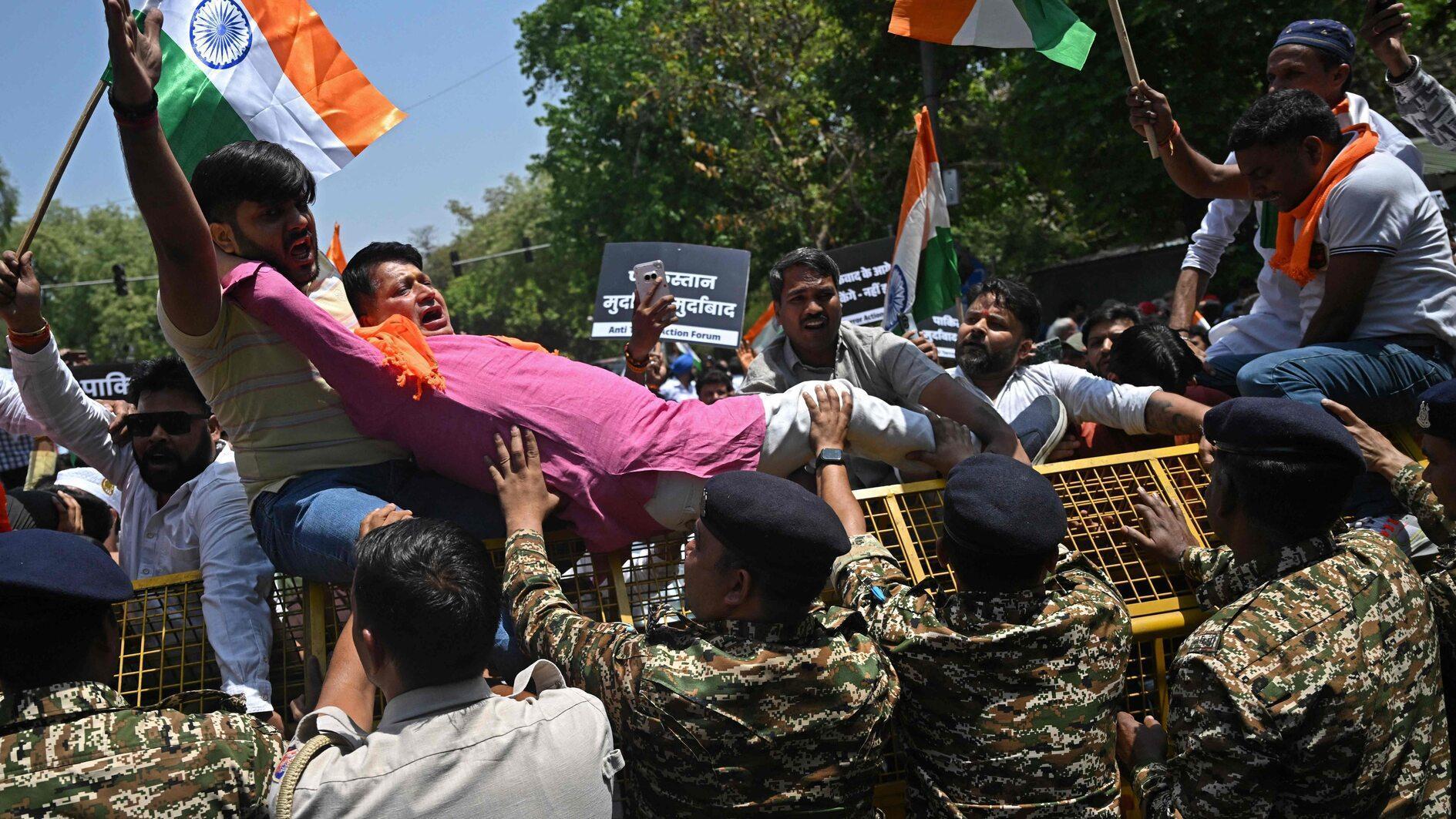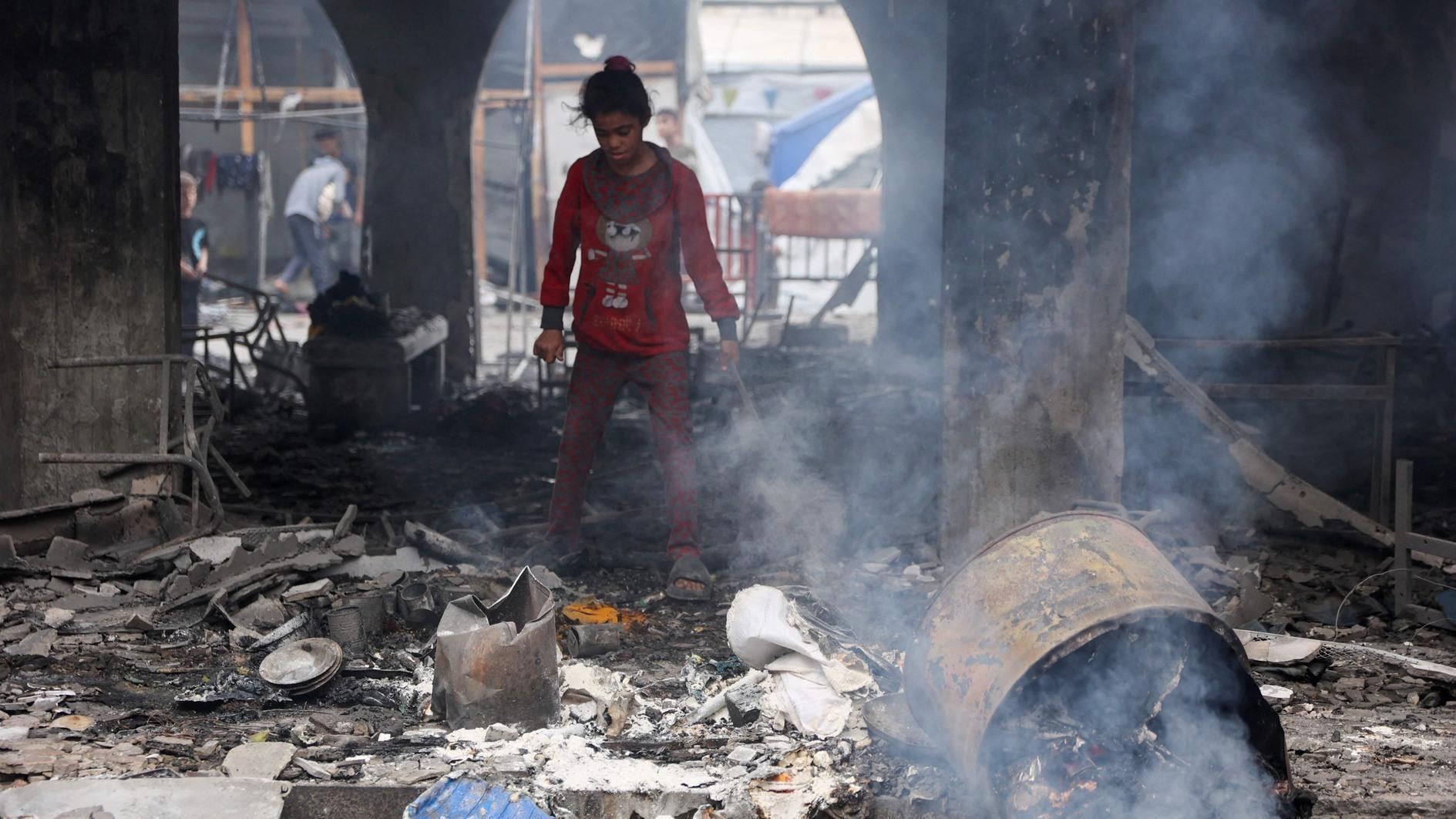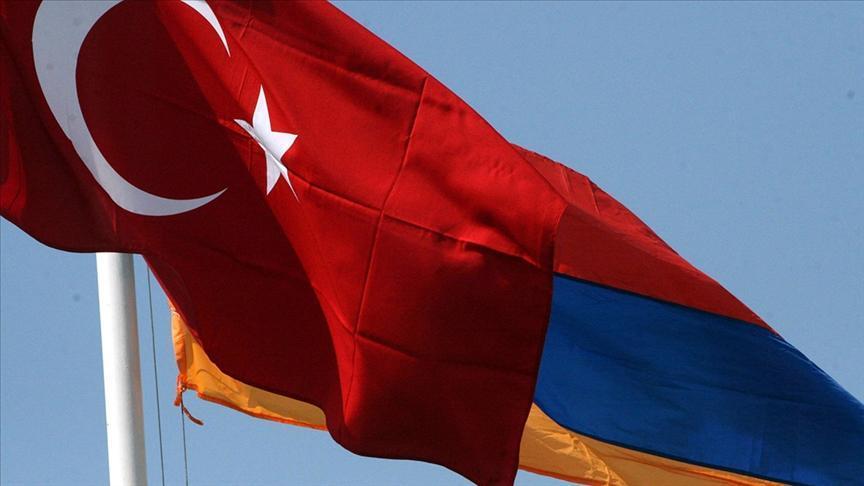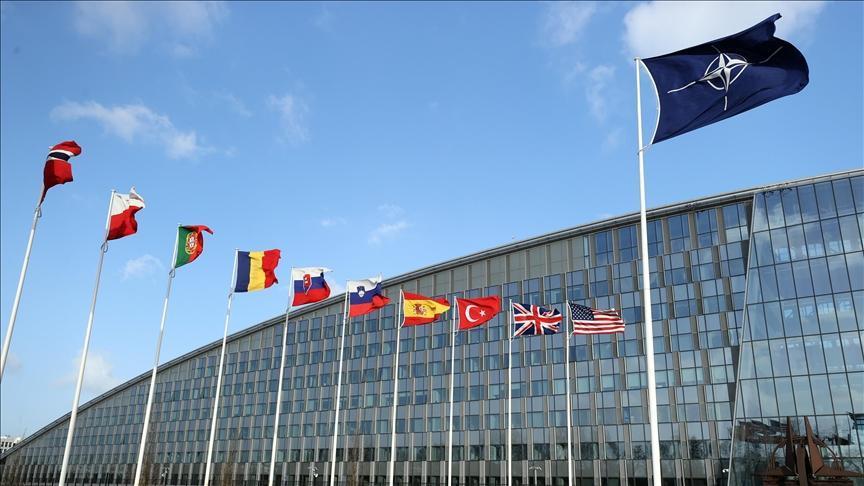Artifacts in world’s first baptistery cleaned
MARDİN – Doğan News Agency
 Around 1,000 artifacts that have been unearthed during archaeological excavations in the Cultural Faith Park in the southeastern province of Mardin’s Nusaybin district have been meticulously cleaned in preparation for a publication on the area.
Around 1,000 artifacts that have been unearthed during archaeological excavations in the Cultural Faith Park in the southeastern province of Mardin’s Nusaybin district have been meticulously cleaned in preparation for a publication on the area.The park, which is believed to be the site of the world’s first baptistery and was included on the UNESCO World Heritage Tentative list three years ago, is a complex that is home to the Zeynel Abidin Mosque and Mor Yakup (Saint Jacob) Church.
“We have unearthed candles, tear bottles, coins, metal tools, dwelling typology, architecture and the cathedral in the city,” said Mardin Museum Director Nihat Erdoğan.
The Mardin Museum has been leading excavations at the Cultural Faith Park since 2000. Three years ago, UNESCO moved to include the park on its tentative protection list. During excavation works, archaeologists unearthed the foundations of a structure that was one of the largest churches in the Middle East and served as the Nusaybin Cathedral in the past, as well as architectural structures from the Artuqid dynasty period.
After it was revealed that the church’s foundation continued through to the Zeynel Abidin Mosque, the concrete houses between the church and the mosque were expropriated and demolished. The excavation works continued on an area of 5,000 square meters until 2014.
The works revealed that the Mor Yakup Church, which was built in 320, was the oldest surviving baptistery in the world before being converted into a church in the eighth century.
The Mardin Museum formed a special team of archaeologists, art historians and restorers in preparation for the publication of thousands of ceramic, metal, glass and stone artifacts that have been unearthed over 15 years during the excavations.
The team examined over 5,000 artifacts over the last two months and restored approximately 1,000 pieces at the Restoration and Conservation Laboratory.
Erdoğan said the excavation works would completely reveal the history of Nusyabin and its vicinity from the third and fourth centuries until the 20th century.
The excavations revealed the artifacts from the fifth and sixth centuries, the ruins of architectural structures from the 11th, 12th and 13th centuries, as well as structures built in the last 200 years, Erdoğan said.
“We have enough artifacts to explain to us the Middle Age [history] of Nusaybin, Cizre and Mardin,” he said.
“The most important thing is that the Mor Yakup Church, as the world’s oldest surviving baptistery, was included on the UNESCO Tentative list. The Cultural Faith Project is also on the tentative list. Once the restoration of the structures is finished, we expect that it will be included on the permanent list in 2018,” the director said.
Archaeologist Abdullah Bilen, who has been working on the artifacts since 2011, said the number of pieces found in the region has exceeded 10,000. “We have lots of ceramic, stone and glass artifacts that have been kept in storage for years. We handled them in two weeks. We have been working on Artuqid- and Roman-era artifacts for two months for the Mor Yakup Church publication. Also, we are carrying out excavation works in Ilısu, Mardin Castle and Dara,” he said.
Church and mosque
The Mor Yakup Church was dedicated to a prominent Assyrian saint, who was born and brought up in Nusaybin (formerly Nisibis), according to information on the UNESCO website. Yakup was appointed as bishop of Nusaybin in 309. He began to build a cathedral in 313 in the city, which was a major commercial and political center in the Eastern Roman Empire on the border of the Roman and Persian Empires.
The Zeynel Abidin Mosque Complex consists of a mosque, a minaret, the shrines of both Zeynel Abidin and his sister Sitti Zeynep – a 13th-generation grandchild of the Prophet Muhammad – fountains, madrasah chambers, a graveyard and place for performing ablutions.
According to an epigraph on shrines, the complex was constructed in the 12th century.
















